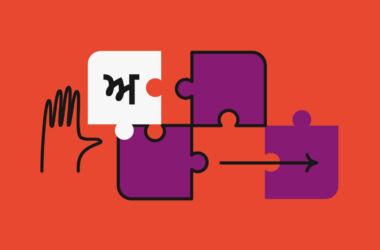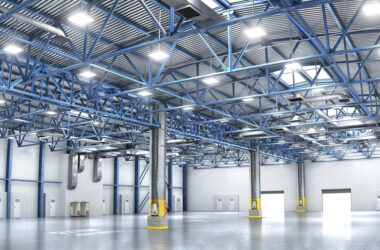Folding box packaging is one of the most common forms of packaging found in retail stores and in the commercial world at large. Its roots can be traced back to 1832, when it was invented by a printing press operator in Reading, England. This innovative method of packaging was first used in the printing industry, but later on it was adopted by companies involved in the manufacture of food, medicine, and cosmetic products. The name “box” was derived from the fact that the items inside the box were all compressed into one unit during the manufacturing process.
Folding box packaging Kick-started the packaging market over a century ago and is today a billion-dollar business worldwide. The main advantage of these kinds of packaging boxes is that they are extremely cost-effective, as they do not require too much investment. These products are also available in different shapes and sizes, which enable the company to customize its packaging needs. Most packaging boxes, particularly adjustable ones, are manufactured using non-woven paperboard or fiberboards. As compared to corrugated cardboard, non-woven paperboard is less costly and more eco-friendly, making it a perfect choice for those organizations that desire to reduce their environmental impact.
Most traditional product packaging is constructed using corrugated cardboard and various other man-made materials, which make it very expensive to produce. Since these standard packaging boxes can be quite flimsy, they have to be assembled very quickly, and this causes a significant increase in manufacturing costs. On the other hand, the folding boxes are manufactured in a more factory-like manner, and their assembly time is much less.
Apart from being cost-effective, flexible carton packaging has several other advantages. Compared to corrugated or foam board boxes, they provide better protection from moisture, which could weaken the quality of the product. This is a major concern in the food and beverage industry, as even a small drop of water can spoil an expensive bottle of wine. With the help of vacuum sealers or pressure washers, the quality of cartons can be maintained while still retaining their value.
For years, corrugated boxes were used extensively for retail packaging, but they fell out of favor because of their high price. High-quality corrugated boards can be purchased at a fraction of the price of comparable polystyrene or foam boards. Today, many leading retailers and manufacturers of grocery products are switching over to these specially made packaging boxes, which are considerably less expensive.
The number of uses for packaging boxes has increased dramatically with the development of the modern computerized and automated manufacturing processes. The plastic and foam boxes can be reused after use and they are now being used to substitute foam peanuts and polystyrene peanuts due to their sustainability. They can be used for wrapping fresh fruits and vegetables to keep them fresh until they are purchased by consumers. Many packaging solutions contain adhesive strips that make it easy to wrap presents. Today’s packaging boxes are available in all shapes and sizes, and they are manufactured from durable materials.







